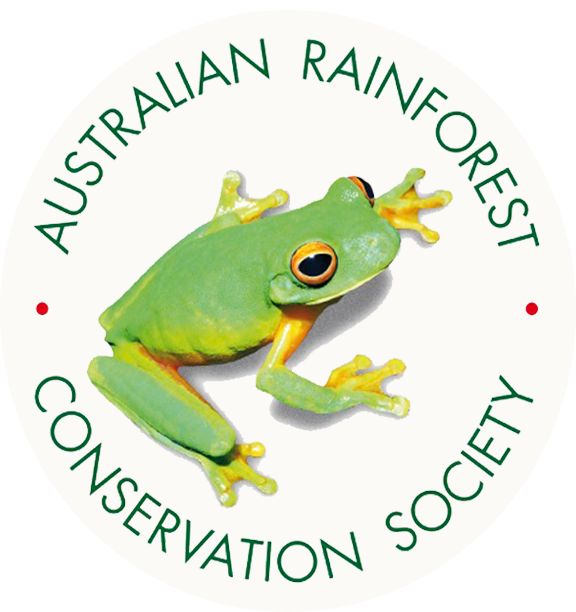 Springbrook Rescue
Springbrook Rescue
 Springbrook Rescue
Springbrook Rescue
| Home | The Vision | Springbrook — A Natural Wonder | The Springbrook Rescue Project | Support the Project | About ARCS |
|
The Science | |||
| |||
|
Science Goals and Objectives Put simply, we want the best chance to recover World Heritage values that have been lost or damaged in the core region of the Gondwana Rainforests of Australia World Heritage Area. The imperative is to restore critical rainforest habitat and landscape integrity especially for those species that contribute outstanding universal value to the Site. Specifically we are committed to achieving our restoration goal of: “an expanded, protected and self-sustaining World Heritage area that provides secure and viable habitat for flora and fauna that contribute outstanding universal value, that functions and looks as it did historically before it was disturbed, and is able to resist or recover from climate change and other impacts” Given the complex and unpredictable nature of ecological systems and their ability to change rapidly, unexpectedly, often irreversibly, into something quite different both in form and functions, a scientific approach to restoration is desirable. The scientific method is the best-known way to discover how and why the natural world works that is unbiased, transparent, rigorous and repeatable by anyone. Moreover, it operates within a coherent, widely published framework of testable theories and empirical evidence from which we can derive assistance. Thus adopting a scientific approach provides rigour and the ability to test explanations for what is directly observed or measured and also predict and test what might happen under different circumstances. Our Science Goals are expressed as end-goals as follows:
Science Objectives
The Activities carried out to achieve both Science Goals and Objectives are detailed in the projects.1 1 Environmental monitoring involves wireless sensor networks, ARCS weather stations, photographs and observations, both programmed and incidental. Ecological monitoring involves a range of longitudinal biodiversity surveys together with productivity assessments. These involve measuring growth rates and other vital parameters on a range of sample plots and correlated with climate, weather and other environment data being assessed. |
|||